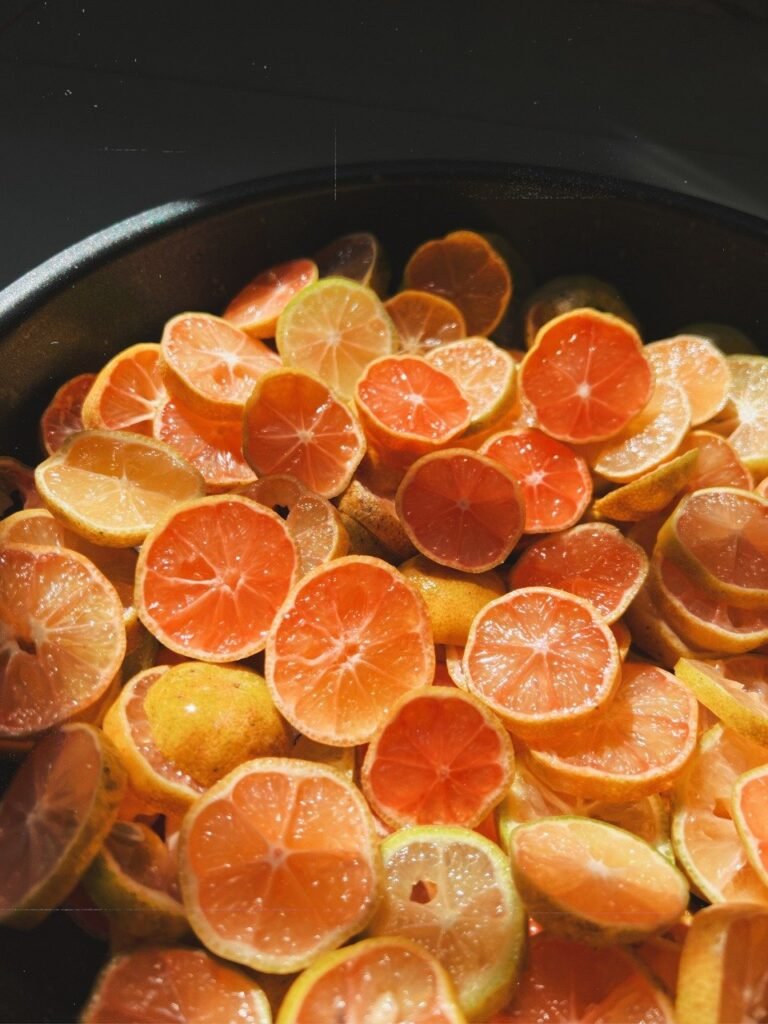Table of Contents
ToggleCitric acid anhydrous is an important additive widely used in the food industry. It plays an important role in many food processing fields due to its multifunctional properties. This article will deeply analyze the various applications of citric acid anhydrous in the food industry and its impact on product quality and consumer experience.
Basic properties of citric acid anhydrous
Citric acid anhydrous, with the chemical formula C6H8O7, is the dehydrated form of citric acid. It exists as white crystals or powder, dissolves readily in water, and has a tart taste. Since citric acid anhydrous does not contain water of crystallization, it has higher purity and stability than hydrates, so it is widely used in many food processing processes.
Main functions of citric acid anhydrous in the food industry
1. Acidity regulator A major use of citric acid anhydrous is as an acidity regulator. It can accurately adjust the pH value of food, thereby improving the taste, texture and shelf life of food. For example, in juices, soft drinks and candies, citric acid anhydrous is used to increase the sour taste and make the product more refreshing and pleasant.
2. Natural preservatives citric acid anhydrous has good antioxidant and antibacterial effects, so it is widely used as a natural preservative. It effectively extends the food’s shelf life while preserving its freshness and flavor. In foods such as jams, jellies and sauces, citric acid anhydrous can inhibit the growth of microorganisms and prevent food from spoiling.
3. Chelating agent citric acid anhydroushas excellent chelating effect and can bind to metal ions to prevent adverse reactions caused by metal ions during food processing and storage. For example, in canned foods, citric acid anhydrous can bind to metal ions such as iron and copper to prevent these ions from catalyzing oxidation reactions and maintain the color and flavor of the food.

4. Stabilizers and emulsifiers citric acid anhydrous can also be used as a stabilizer and emulsifier to improve the texture and uniformity of food. In dairy products, ice cream and sauces, citric acid anhydrous helps stabilize the emulsification system, prevent stratification and precipitation, and improve the quality and taste of the product.
5. Nutritional enhancer citric acid anhydrous itself contains organic acids that can promote the absorption and utilization of minerals. Therefore, it is often used to fortify beverages and health foods to improve the nutritional value of products.
Examples of the application of citric acid anhydrous in different foods
1. Beverages citric acid anhydrous is widely utilized in carbonated beverages, fruit juices, and functional drinks. It can not only adjust the acidity and improve the taste, but also stabilize the flavor and color of the beverage. For example, adding citric acid anhydrous to orange juice can enhance its sour taste and make the beverage more refreshing.
2. Candy and baked goods In candy and baked goods, citric acid anhydrous is often used to provide sourness and adjust the pH value to control the coagulation and fermentation process. For example, when making jelly and soft candy, adding citric acid anhydrous can make the candy have a suitable sweet and sour balance and taste better.
3. Canned food citric acid anhydrous is used as an acidity regulator and preservative in canned food, which can inhibit the growth of microorganisms and prevent food from spoiling. In canned fruits and vegetables, citric acid anhydrous can maintain the natural color and flavor of food and extend the shelf life.
4. Condiments citric acid anhydrous is widely used in sauces, seasonings and salad dressings. It can not only adjust the acidity and enhance the flavor, but also act as an emulsifier to maintain the uniformity and stability of the product. For example, adding citric acid anhydrous to ketchup can enhance its sourness and make the taste richer.

Considerations for using citric acid anhydrous
Although citric acid anhydrous offers many benefits, the following points should still be considered during its use:
1. Control the dosage The dosage of citric acid anhydrous should be adjusted according to the needs of specific foods. Too much citric acid anhydrous may cause the food to be too acidic, affect the taste, and even have adverse effects on health. Therefore, when using it, relevant regulations and standards should be followed and the dosage should be reasonably controlled.
2. Interaction with other ingredients In food formulations, the interaction between citric acid anhydrous and other ingredients may affect the quality of the final product. For example, when it is mixed with sodium bicarbonate (baking soda), it will produce carbon dioxide, which will produce a bubbling effect. Therefore, when using citric acid anhydrous, its interaction with other ingredients should be fully considered to ensure the stability and consistency of the formulation.
3. Storage conditions citric acid anhydrous should be stored in a cool, dry place, away from moisture and high temperature to maintain its stability and effectiveness.
Conclusion
As an important food additive, citric acid anhydrous has a wide range of applications in the food industry. By using citric acid anhydrous scientifically and rationally, food manufacturers can improve the taste, texture and shelf life of their products, and enhance the quality and market competitiveness of their products. With the increasing demand of consumers for natural and healthy foods, the application prospects of citric acid anhydrous in the food industry will be broader.


